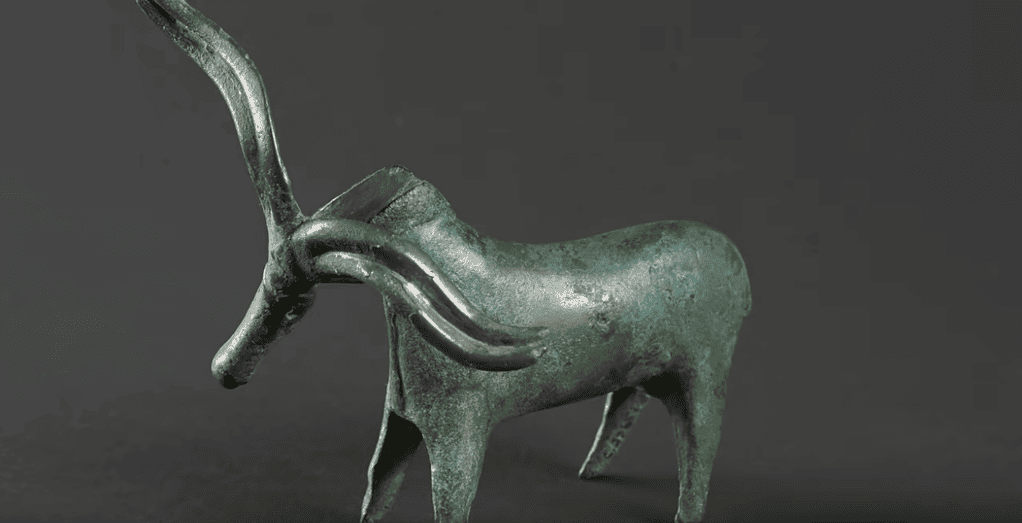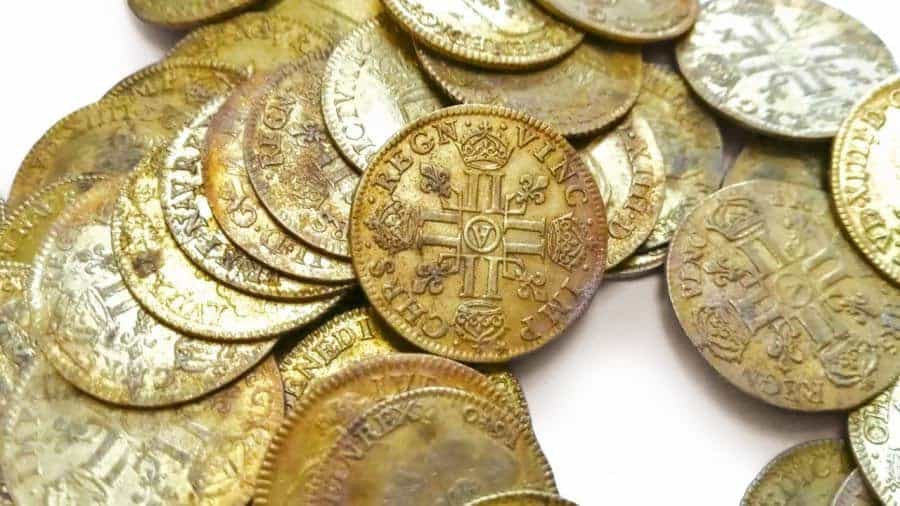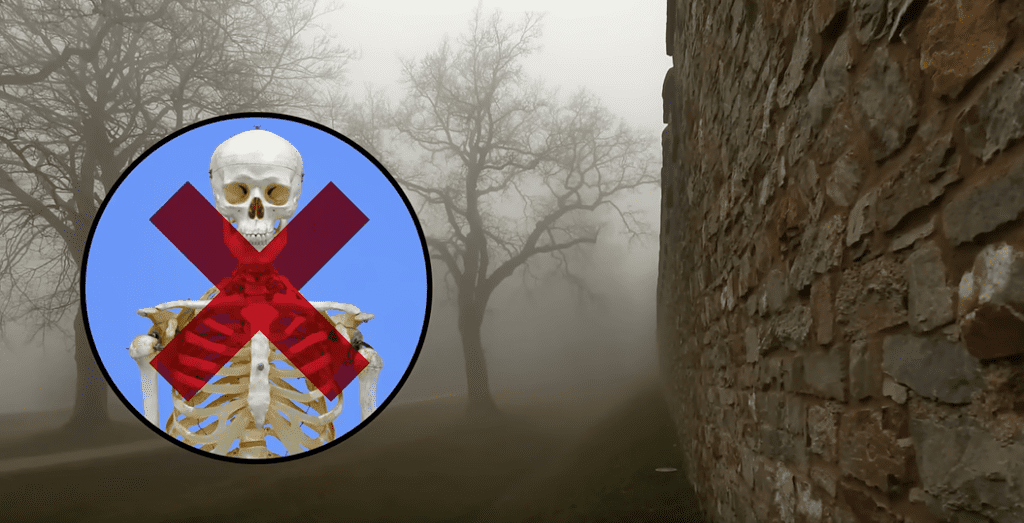The Nordic Bronze Age was a period of cultural development that took place in Scandinavia and the North Atlantic region between 1700 BCE and 500 BCE. During this time, the people of the region developed a unique style of bronze casting that was characterized by intricate designs and decorations, as well as a sophisticated use of metalworking techniques.
One of the most notable features of the Nordic Bronze Age was the widespread use of bronze daggers and axes. These weapons were not only used for practical purposes, but were also viewed as symbols of power and status. In addition, the Nordic people of this era created a variety of other bronze artifacts, including jewelry, tools, and vessels for drinking and cooking.
Another important aspect of the Nordic Bronze Age was the growth of trade and exchange networks. The Nordic people traded with other cultures across Europe and the Mediterranean, exchanging goods such as bronze, gold, and tin. This trade helped to spread their cultural influence and allowed the Nordic people to acquire new materials and techniques from other cultures.
Despite its many advances, the Nordic Bronze Age came to an end around 500 BCE, as iron began to replace bronze as the metal of choice for weapons and tools. Nevertheless, the legacy of the Nordic Bronze Age lived on in the later Viking Age, as the Nordic people continued to use many of the techniques and styles developed during this earlier period. Today, the artifacts and art of the Nordic Bronze Age remain a fascinating glimpse into the rich cultural heritage of Scandinavia and the North Atlantic.



